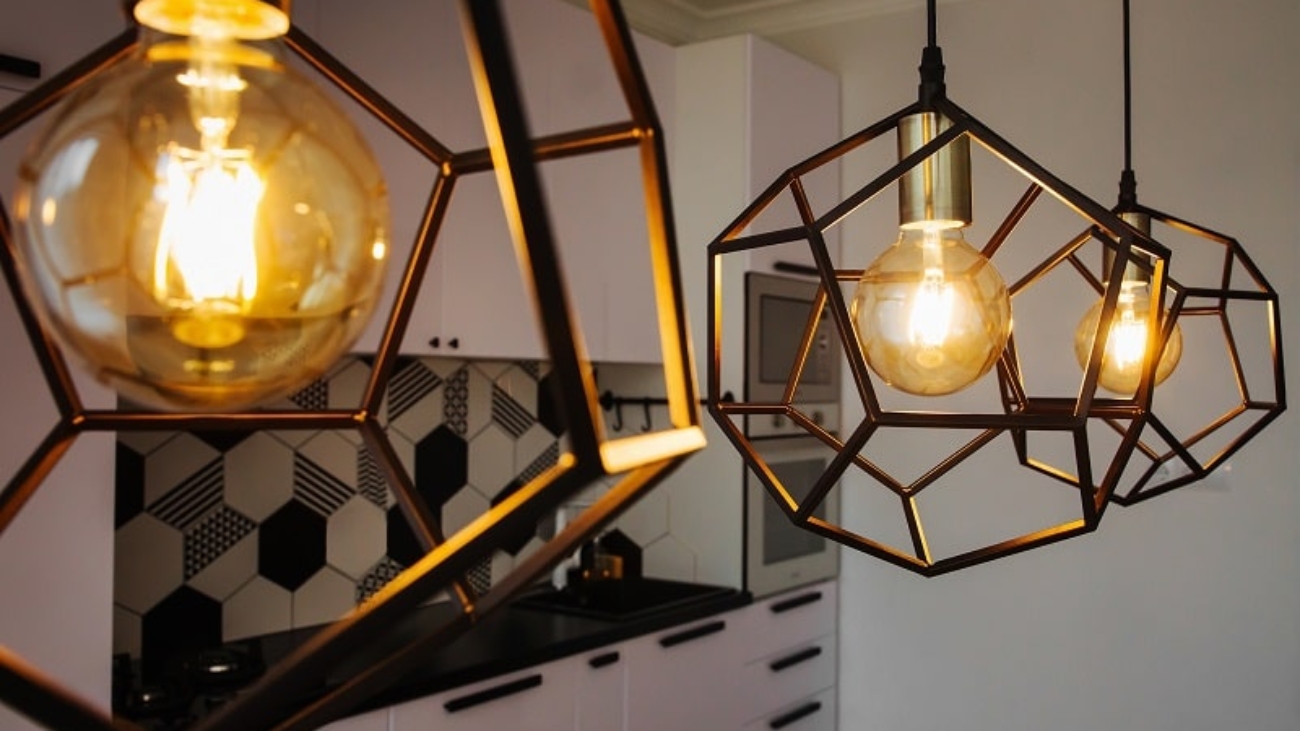
If you’re planning to put your property on the market, the importance of presentation cannot be overemphasised — and never more so than in the garden.
An appealing outdoor zone and landscaped gardens can hugely increase the value of a home, which is why prospective sellers should start putting their green thumbs to good use now.
This is why:
A tidy sum
An independent real estate agent survey estimated that more than 40 per cent of estate agents believe manicured lawns alone can boost your home’s value by up to 20 per cent.
Almost 90 per cent of potential buyers say a nicely presented lawn improves the look and feel of a property; 45 per cent confirm it adds lifestyle and relaxation appeal; and a safe playing area for the kids also rates strongly, at 42 per cent.
Keeping up appearances
Rather than leaving it to the last minute, sellers can start tidying up their yard.
This not only avoids an unnecessary bill for the maintenance man, but it also delivers a great deal of personal satisfaction in knowing you have made your mark in creating a better living environment.
The cleaning and tidying process can be carried out over several weeks, removing the mess, stress, weeds and danger of physically overdoing the outdoor chores.
Even if a major job must be undertaken, there is still plenty of time to organise family and friends to lend a hand in a working bee, and then kick up your heels and celebrate afterwards – social restrictions notwithstanding.
Group effort gains maximum benefits
Better still, encourage your neighbours to do likewise and offer to help them in their endeavours.
It’s obvious that all parties will benefit from any short-term arrangement.
Come auction day, it will be easy to see why the natural beauty of your clutter-free garden has never looked so appealing.
Outdoor rooms with a lifestyle view
The desire for outdoor/indoor living means most buyers view the garden as an extra room.
If budget permits, the addition of an outdoor kitchen, gas-plumbed barbecue and entertainment zone can raise property values beyond expectations, especially if weatherproofed.
Visit gardening and hardware stores, view lifestyle publications and websites, and always shop around for ideas that match your budget.
Your local real estate agent can also assist with indoor/outdoor tips — and advice on how to present your property for sale in the best possible light.
























